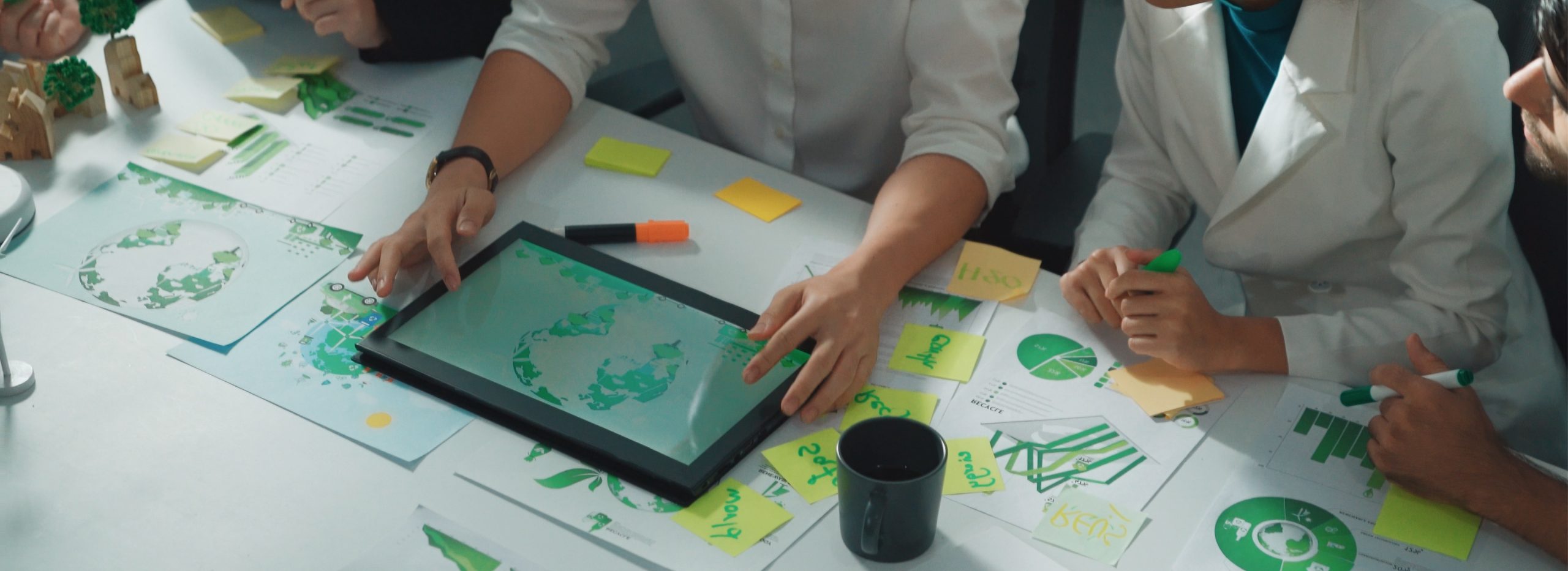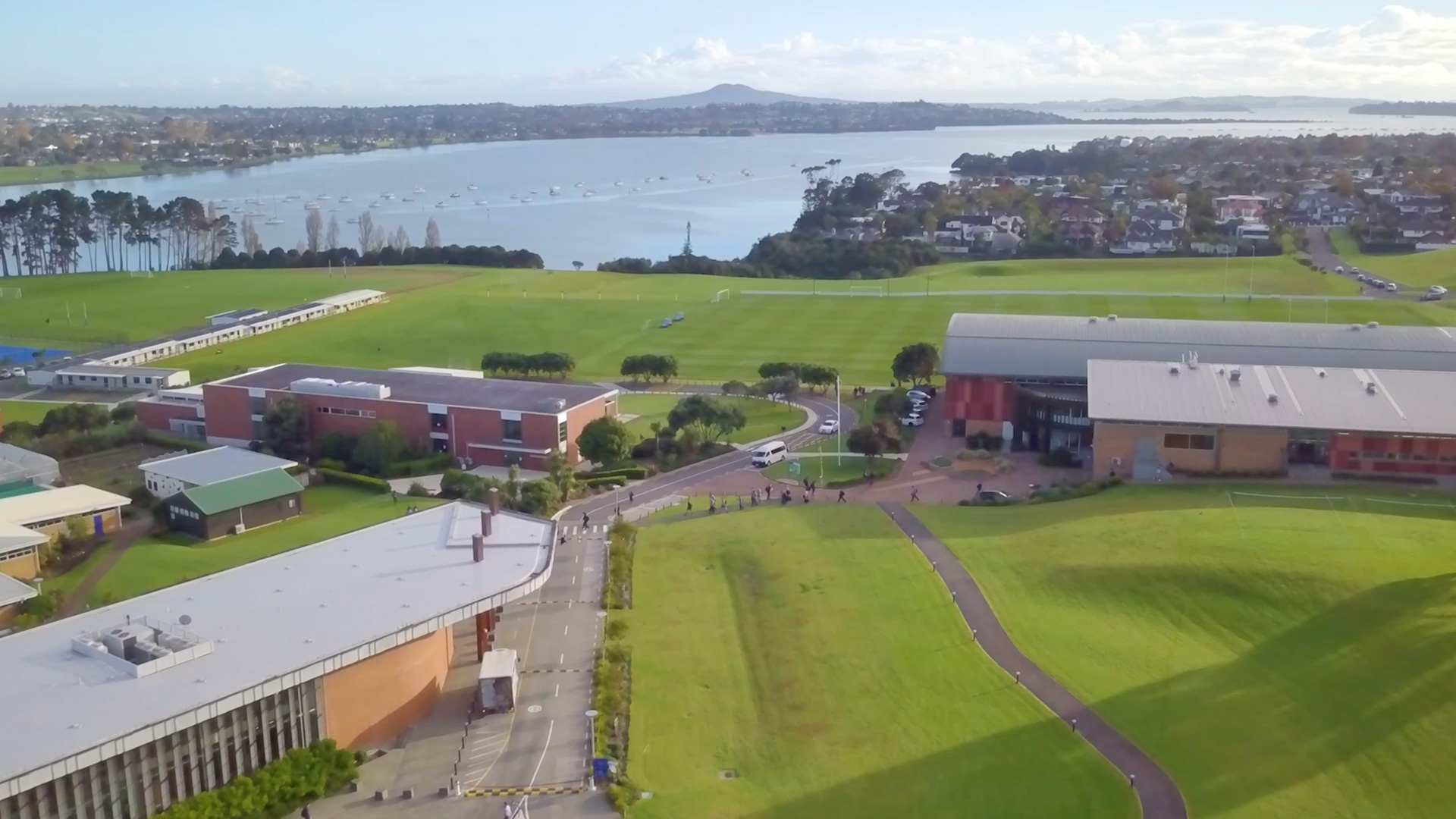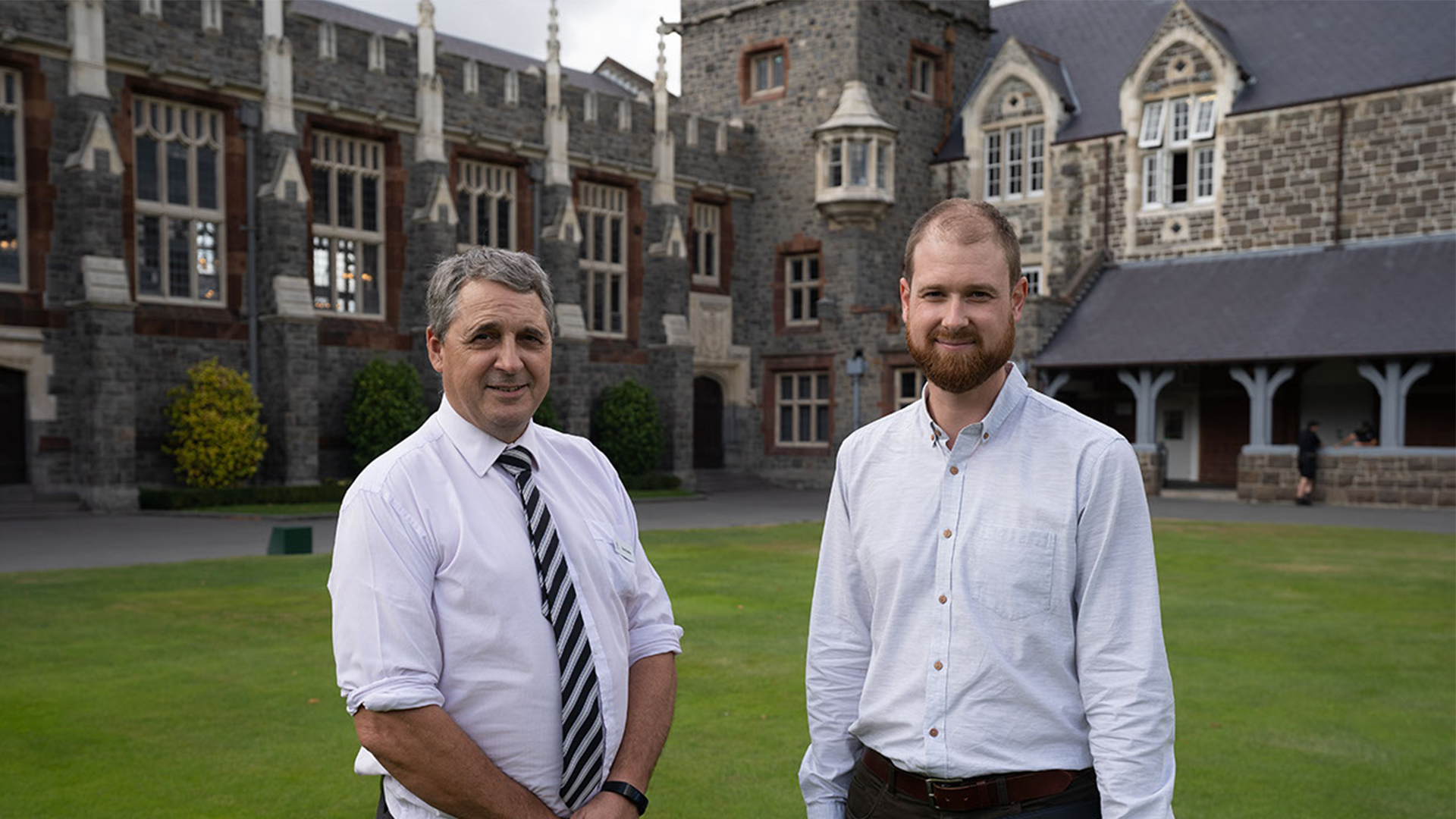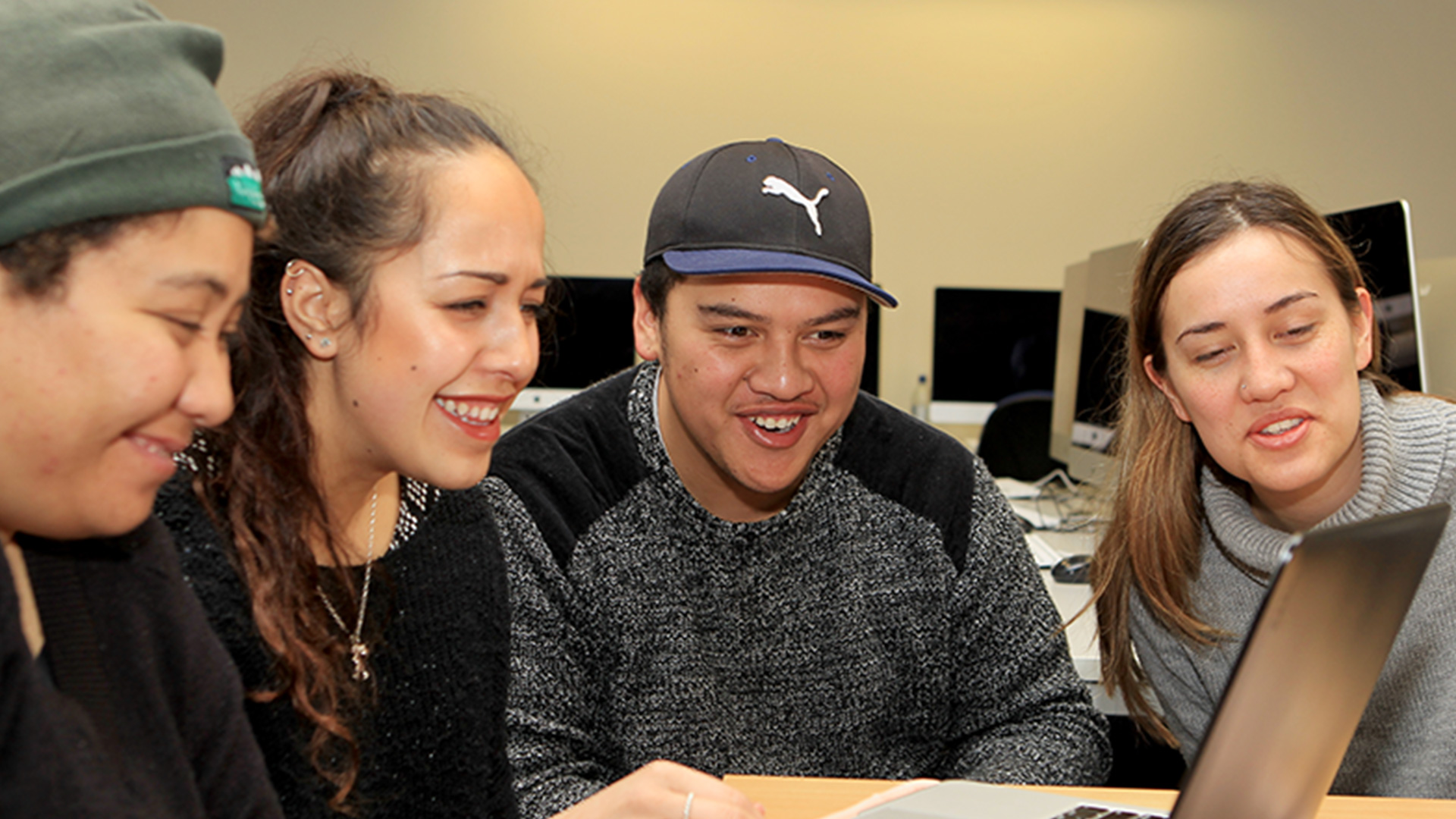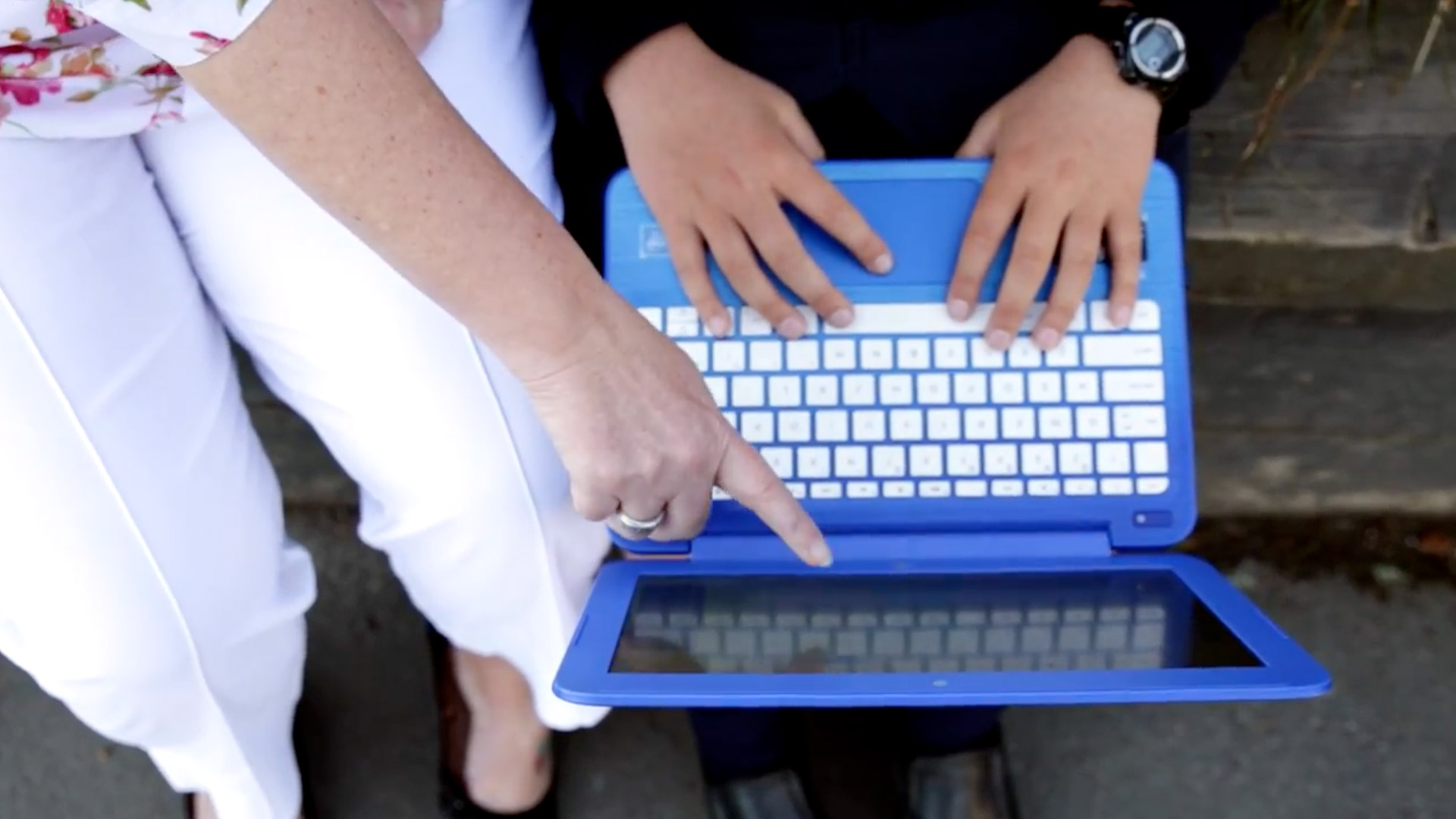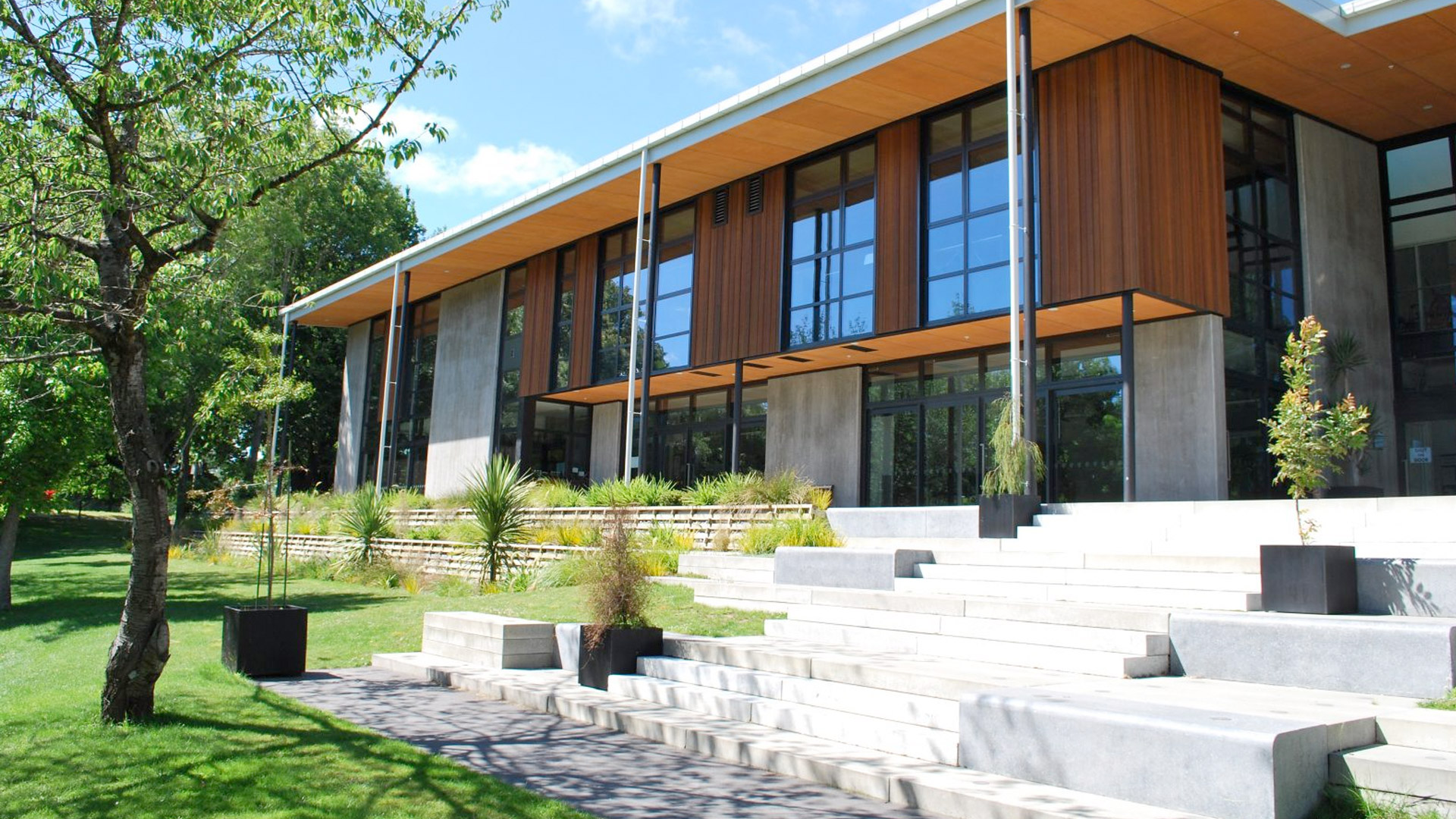
Educating for the future: How iPads boost creativity at Hukanui School
With one of the broad points of the school system to prepare children for the future, Hamilton’s Hukanui Primary School has introduced iPads into the classroom to add an essential new dimension to learning. But the school hasn’t just equipped children with the devices; with the help of Cyclone Computers, it has also introduced a comprehensive strategy which includes teacher training and mobile device management software.Located in Chartwell, Hukanui is attended by some 700 children with 50 staff members. With a stated aim of making the school an exciting place of learning, Hukanui seeks to develop skills and attributes to help children maximise their potential and also to become life-long learners.
Maximising our digital strategy
Principal David Mossop explains the reason behind introducing technology to the classroom: “With iPads, the future is here now and it’s important to use the best tools available to help children with their learning.”But it is the way in which Hukanui School has introduced the iPads which is notable. Understanding that making a change to the way in which teachers do their jobs is potentially risky, the school has taken a steady, evolutionary approach which has spanned 3 years. “It’s critical that you don’t just dump the technology on the teachers. We started with a small number of iPads to help teachers develop their pedagogy and put a lot of effort into professional development,” he says.Additionally, David says before increasing the number of iPads, the school spent a good deal of time examining what sort of challenges might hold it back. “The last thing we wanted is for problems to crop up which might deflate the whole initiative.”
"With iPads, the future is here now and it’s important to use the best tools available to help children with their learning."
David Mossop, Principal
Minimal maintenance and device management that continues to give every child iPad access
The effort included a study trip with Cyclone and Apple to San Francisco; on return, a clear strategy for the broader introduction of iPads was formulated which would give every child access to one. “That meant mobile device management, it meant upgrading the broadband and the wireless network and even addressing storage of the devices and cases,” he explains.Putting all these measures in place does take some time, David agrees, “But if you don’t plan appropriately, you won’t get the right results.”Why iPad? “Teachers and students are confident users of Apple technology and we’ve had a history of minimal maintenance on other Apple products. That makes them very cost effective.”Notably, David says the school has not taken a ‘Bring Your Own Device’ route, opting instead to provide students with school-owned iPads. This is primarily to ensure equity of access, as the devices do come at a cost that not all parents can bear. Also, less time is wasted trying to integrate different devices from home and fixing problems that arise.
“Every school develops its own flavour of the curriculum. The iPads and these apps fit in with our aim to develop critical, caring, creative thinkers.”
Encouraging excitement through creative collaboration
As of the beginning of 2014, Hukanui has achieved its target of having 1 iPad for every 5 children. “The devices are being used in classrooms across curriculum areas. Importantly, there is a focus on the learning opportunity presented by the iPad rather than the apps,” says David.That said, some half-dozen apps are focused upon as they encourage creativity. “Every school develops its own flavour of the curriculum. The iPads and these apps fit in with our aim to develop critical, caring, creative thinkers.”The devices help achieve a level of engagement not seen with other methods. “When children are bored it is difficult to hold their interest,” David says, agreeing that this is a perpetual challenge for teachers everywhere. “It’s very rewarding to watch the excitement of the children in using the iPads and seeing how adaptable they become. It takes just a few minutes to see how children can apply their creativity, work with the teacher and try new things. We’re seeing a definite impact on literacy and collaborative skills,” he adds.With the successful introduction of iPads in his school, David offers some insights for other schools looking to do the same. “Be clear about what it us you want the technology to help achieve. Look at the curriculum goals, consider what type of learners you are aiming to produce. And most importantly, provide learning support for the teachers. They have to be confident and excited at the possibilities that comes with using a new tool for education,” he concludes.
At a glance:
- Started iPad project in 2011
- Significant focus on Professional Learning
- Upgraded WiFi and Broadband connectivity
- Jamf Software Casper MDM software for device management
- Now has approximately 300 iPads, owned and managed by the school.
“Teachers and students are confident users of Apple technology and we’ve had a history of minimal maintenance on other Apple products. That makes them very cost effective.”
Ready to meet your future thinking technology partner?
Talk to us today for future ready solutions.
RELATED CASE STUDIES
How Asset Circularity and Lifecycle Management Contribute to Sustainability Goals
Learn how your business can be more sustainable through…
The Role of Technology in Greener Business Operations
Learn how your business can be more sustainable through…
Sustainability Transformation: A Movement Guide
Learn how your business can be more sustainable through…
Saint Kentigern
Learn how Saint Kentigern and Cyclone manage student devices from…
Christ’s College
Watch how Christ College implemented smart wireless solutions to…
Southern Institute of Technology
Bridging the digital education divide: Creating better access to…
Rakaia School
Rakaia School in mid-Canterbury has undertaken a progressive…
Rangi Ruru Girls’ School
Cyclone has helped Rangi Ruru Girls’ School in Christchurch…
St Thomas of Canterbury
We visited St Thomas of Canterbury School in Christchurch, New…
Christchurch Girls High School
Single Sign-On and Windows 10 accelerates Christchurch Girls High…



